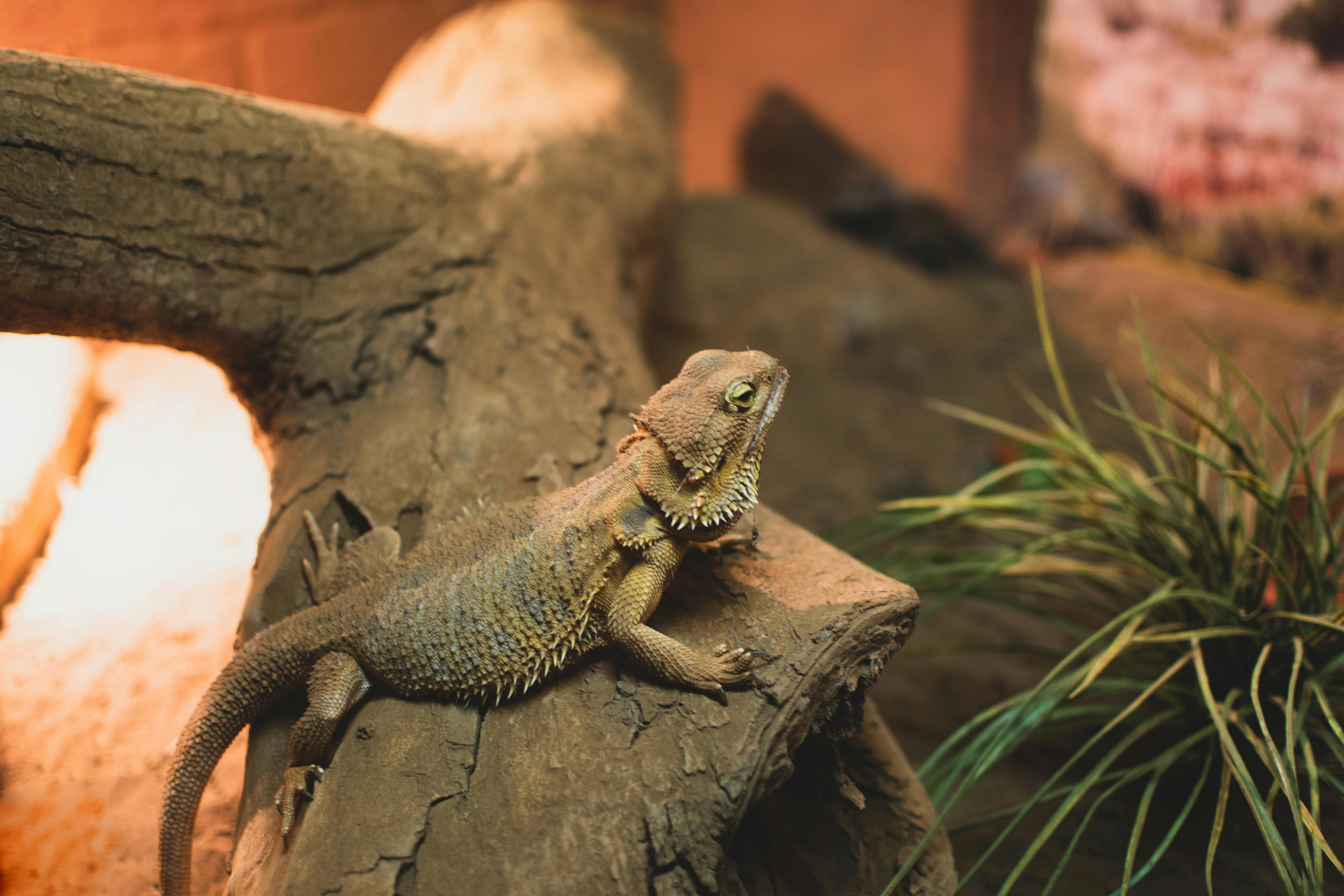Decoding the World of Bearded Dragons: An In-Depth Look at Their Popularity, Care, and Conservation
Bearded Dragons, often affectionately referred to as "beardies," are captivating pet enthusiasts around the world. Originating from Australia's arid regions, these reptiles have etched their presence in pet markets and homes far beyond their native land. This article aims to delve deeper into the reasons behind their increasing popularity, discuss their appropriate care, and highlight the ongoing conservation efforts concerning these unique creatures.

A Historical Perspective: The Journey of Bearded Dragons
The history of domesticated Bearded Dragons is relatively recent, dating back to the 1970s when Australia began exporting its native wildlife. With their unique features and docile temperament, these lizards quickly became a favorite among pet owners. However, in 1986, Australia banned the export of its wildlife, including these reptiles, to protect its indigenous species. By then, Bearded Dragons had already found their way to other parts of the world, and breeders began domesticating them locally.
The Current Trend: Why Are Bearded Dragons Popular?
Today, Bearded Dragons are one of the most popular pet reptiles, especially in the United States. The reasons for their popularity encompass their distinct appearance, mild temperament, and relatively manageable care requirements. Beardies exhibit a variety of colors and patterns, making them highly appealing to pet enthusiasts. Additionally, their ease of handling and interactive behavior contribute to their growing popularity.
Care for Bearded Dragons: A Comprehensive Guide
Caring for a Bearded Dragon requires an understanding of their needs, which differ significantly from traditional pets. They need a well-maintained habitat that replicates their natural surroundings. This includes a right-sized enclosure, proper lighting, and heating, as well as a diet consisting of insects and vegetables. The market for Bearded Dragon care products is thriving, with prices ranging from a few dollars for food items to hundreds for premium terrarium setups.
Conservation Efforts: Protecting the Bearded Dragon’s Natural Habitat
While Bearded Dragons are thriving in homes, their wild counterparts in Australia face threats due to habitat loss and climate change. Several organizations are working towards the conservation of these unique reptiles. Their efforts include habitat restoration, research on population dynamics, and raising public awareness about the importance of conserving these species.
In conclusion, Bearded Dragons have come a long way from being just another export to becoming beloved pets worldwide. Their popularity underscores the shifting preferences of pet owners towards more exotic and unique companions. However, it’s essential to remember that owning such a pet comes with responsibilities, including understanding their care requirements and supporting conservation efforts to protect their wild counterparts.





